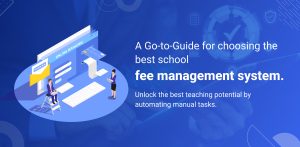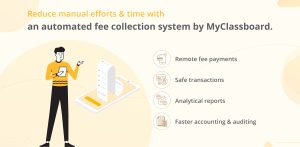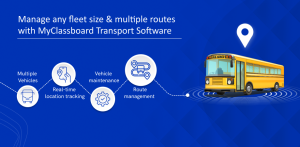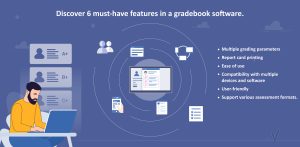Educational institutions have enormous amounts of data that needs to be stored and managed. These data might include important files related to students, staff, fees, student acquisition, recruitment, etc. Apart from these, the school also has huge amounts of media like images, audio, video, alumni events, sports day events and others. All these contribute to being the assets of the educational institution.
You can say, you will store and manage all the data in folders on your desktop. Why not! You can. Let us say, you are working on the student’s assets and you need a file of a particular student or particular information of a student. I bet you would end up in searching the entire folder with sub-files included in it to get the data. There is no surprise you might get stuck up anywhere and the work is delayed.
Consider another instance wherein the school management has asked for images of a particular student. And again, the same process repeats with a large number of images available and searching for the one you need. Assuming you’ve located the file, but getting it to the person who needs it can involve several steps.
Alumni association, school events like annual day program, sports day and other important activities are essential for any school or college or university. With the immense volume of available digital files to keep track of, locating required assets can be a time consuming, daunting and frustrating task.
A Digital Asset Management software then comes into the picture that offers access to the right digital assets. Here’s how you can benefit from implementing a Digital Asset Management System
* You can instantly locate the file you need rather than flipping through stacks of discs and scanning external hard drives.
* You can share assets with faculty, staff and other internal or external groups ensuring access to everyone.
* You can maintain large libraries of assets related to alumni and other school activities.
* You can tag and categorize assets to search and retrieve files quickly and easily.
* Have a central location for all your digital files.
* You can keep track of your files’ history and further reuse your digital files and videos to maximize your asset.
* You can create an online portal to share a library of frequently requested files.
* You can implement digital rights to be informed on the usage and viewing of your digital files.
* Users can share and compare the media in the system. The software gives users the ability to edit, share, collaborate and chat.
* The software comes with a built-in manual and automatic editing tools and no software needs to be installed.
A Digital Asset Management Software in education helps the educational institutions to manage and share digital assets like photos, videos and other files. It also provides online chat to collaborate with internal teams and external partners.












